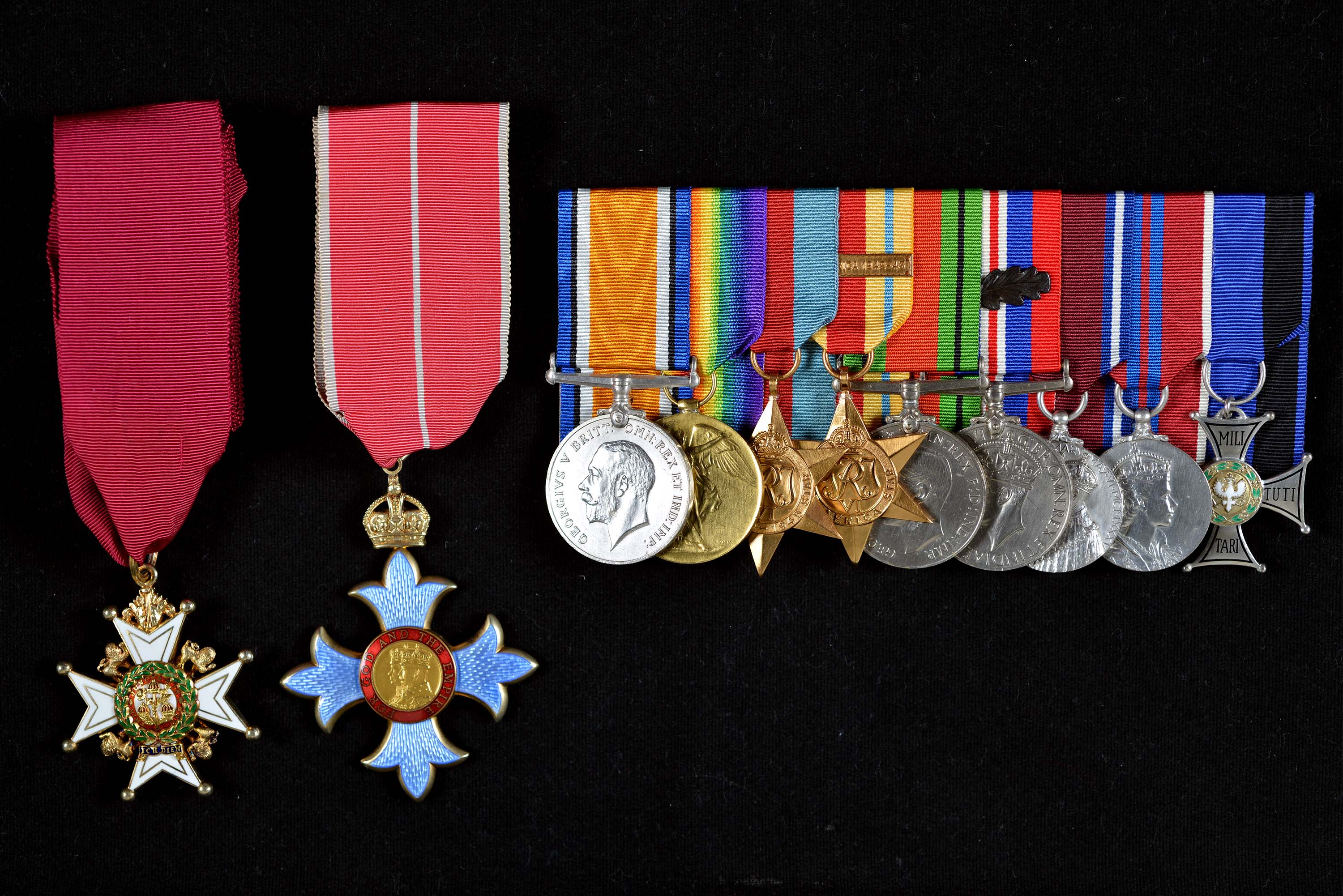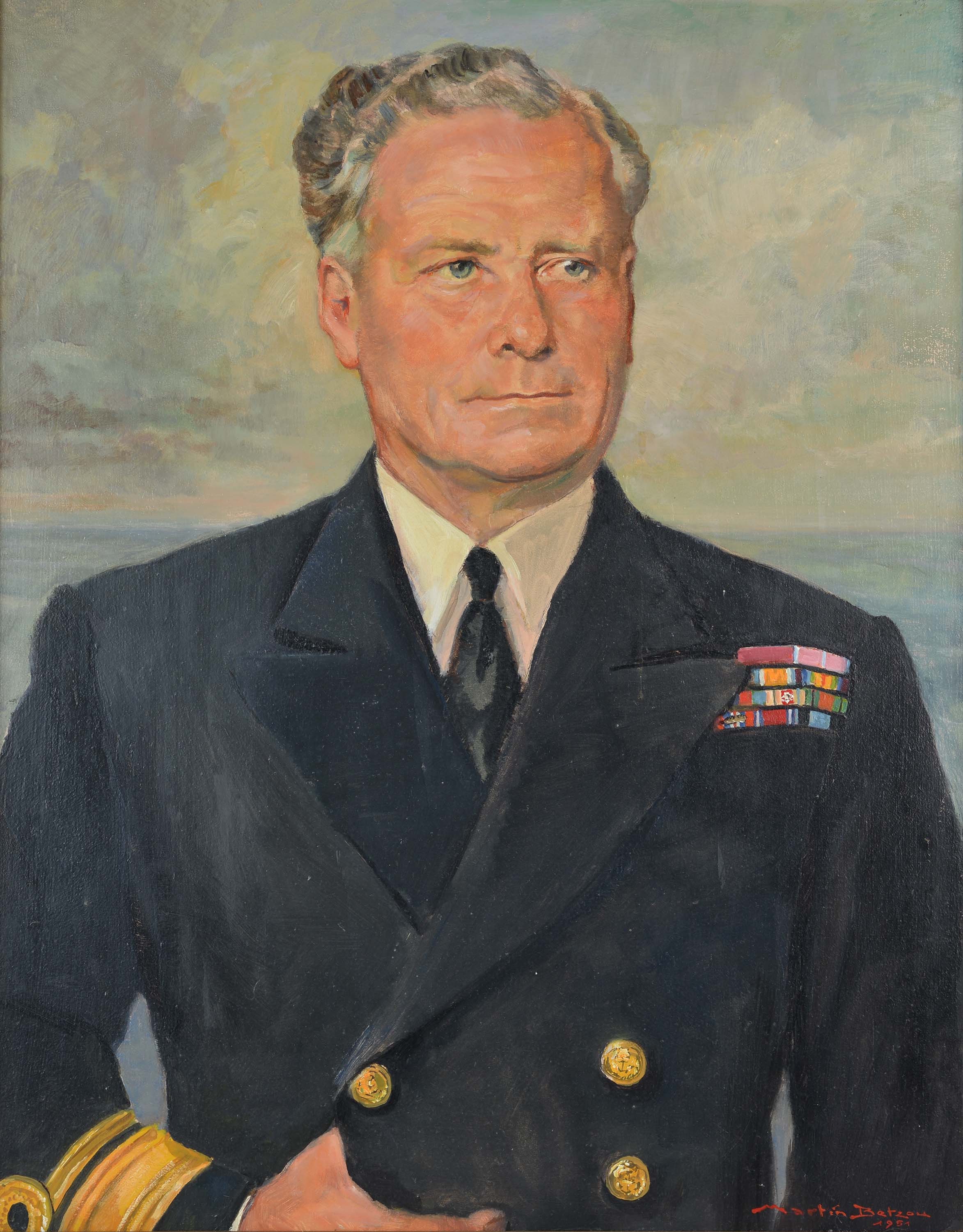

Display No. 19I
SIMPSON, George Walter Gillow
George Simpson entered the Royal Navy in 1915 as a Midshipman and was educated at Royal Naval Colleges Osborne and Britannia (Dartmouth). On completion of his training he joined the fleet and served in HM Ships Superb, Dreadnought, and Benbow for the final year of the First World War.
In 1921 Simpson joined the Royal Navy Submarine Service and served on various appointments and postings including the China Station, studying the Russian language in Estonia, and service in HMS Nelson.
At the outbreak of the Second World War, Simpson was commanding the submarine HMS Porpoise and was subsequently deployed to Malta. He was then appointed second in command of the 3rd Submarine Flotilla at Harwich. In January 1941 he returned to Malta to command the 10th Submarine Flotilla, operating against enemy shipping in the Mediterranean. He remained in Malta throughout the island’s siege and departed in January 1943. He survived his vessel being torpedoed en route to Alexandria. For his service in Malta, Simpson was Mentioned in Despatches (MiD), made a Companion of the Most Excellent Order of the British Empire (CBE), and was also awarded the Polish Order Virtuti Militari.
Upon returning to the United Kingdom, Simpson was appointed Commodore of destroyers at the Western Approaches base in Londonderry, Northern Ireland. After the war he was appointed to command the cruiser HMS Birmingham.
In 1947, Simpson moved to New Zealand upon being appointed First Naval Member and Chief of Naval Staff of the Royal New Zealand Navy (RNZN). In 1951 he was appointed Flag Officer Germany and Chief British Naval Representative on Allied Control Commission. He was then appointed Flag Officer Submarines (HMS Dolphin) in 1952. Simpson retired from naval service in 1954 and moved permanently to New Zealand.
The British War Medal and Victory Medal in this set were awarded to George’s brother Lieutenant Hugh Delafosse Simpson (8th Battalion, King’s Royal Rifle Corps) who was killed in action at Ypres during the Battle of Passchendaele. While George was entitled to his own medals, it is believed he wore these in honour of his brother.
Awarded medal(s)
Medal Description [Left to Right]:
Companion of the Most Honourable Order of the Bath (CB)
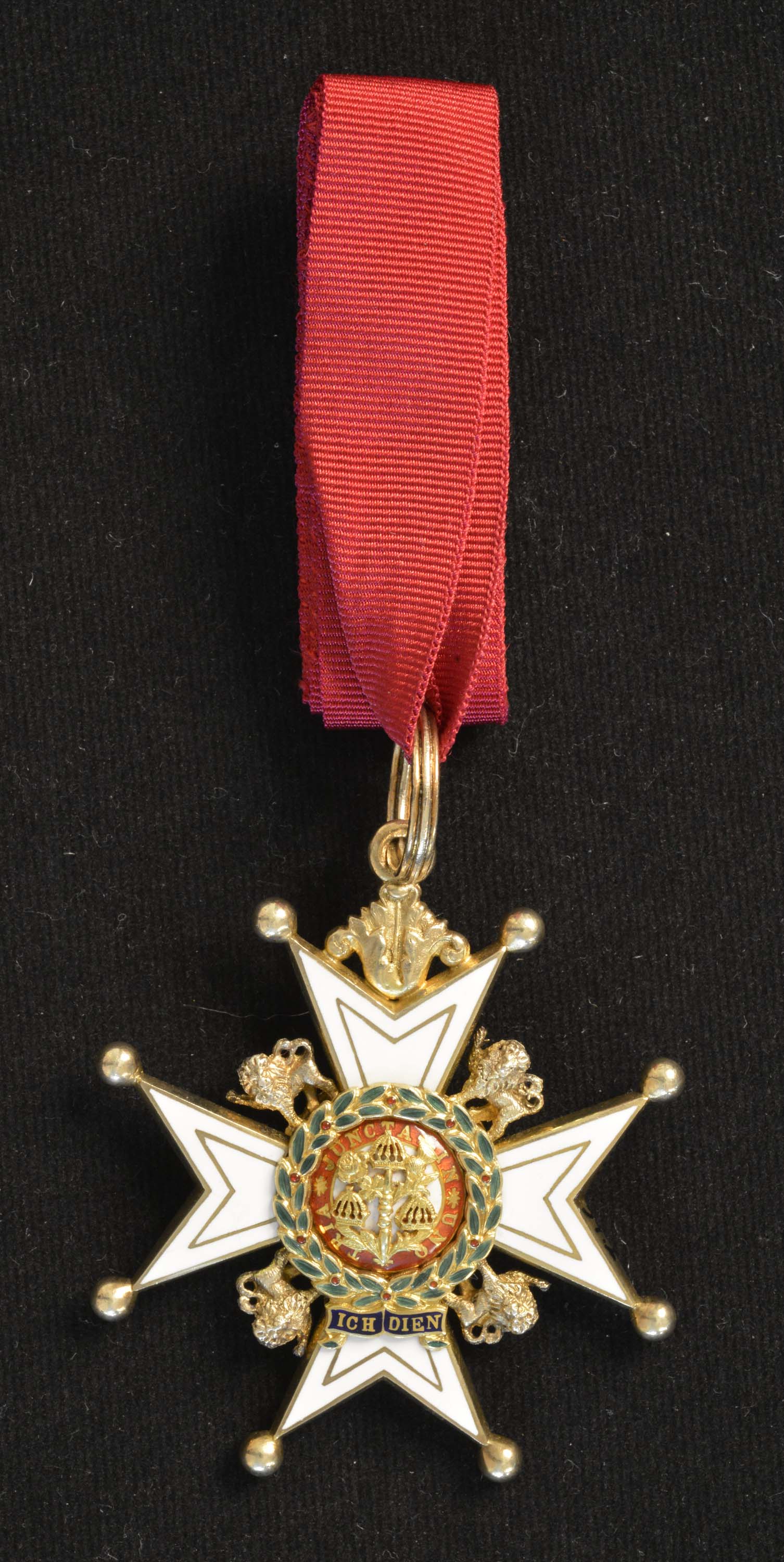
British order of chivalry with three classes of members: Knight and Dame Grand Cross (GCB), Knight and Dame Commander (KCB and DCB) and Companion (CB). It was awarded to military personnel during both World Wars. Recipients of the order are usually senior military officers or senior civil servants. The ribbon is crimson red.
Commander of the Most Excellent Order of the British Empire (CBE)
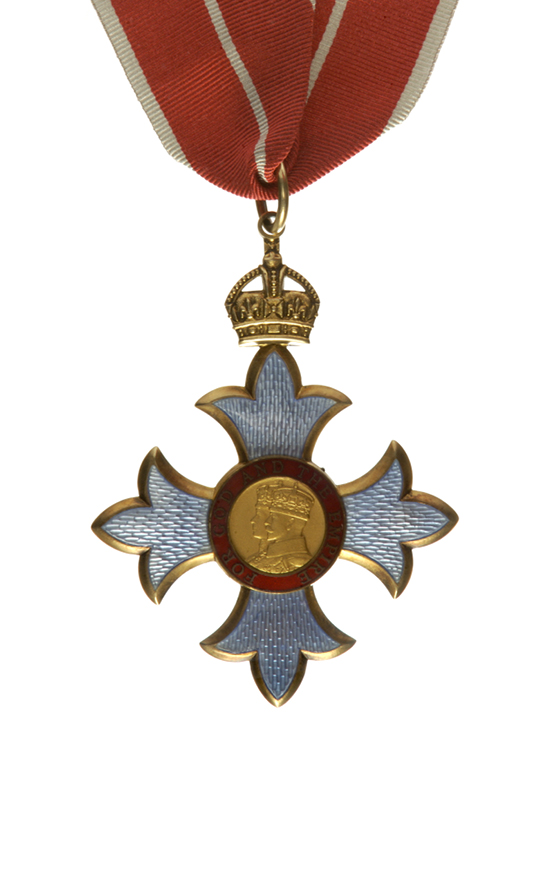
Established by King George V in 1917 for services to the British Empire. The Order has five classes: Knight and Dame Grand Cross (GBE), Knight Commander and Dame Commander (KBE / DBE), Commander (CBE), Officer (OBE) and Member (MBE). The KBE, DBE and CBE badge is silver-gilt with the arms enamelled pearl-grey and a crimson enamelled circle. In December 1918, the Order was split into two divisions: a Civil Division for civilian recipients; and a Military Division for awards to commissioned officers and warrant officers for distinguished service in action. The insignia of the Civil and Military Divisions is distinguished only by the ribbon, the military award having a narrow central stripe. Prior to the introduction of the New Zealand Order of Merit in 1996, the Order of the British Empire was the most common honour awarded to New Zealand military personnel.
The British War Medal
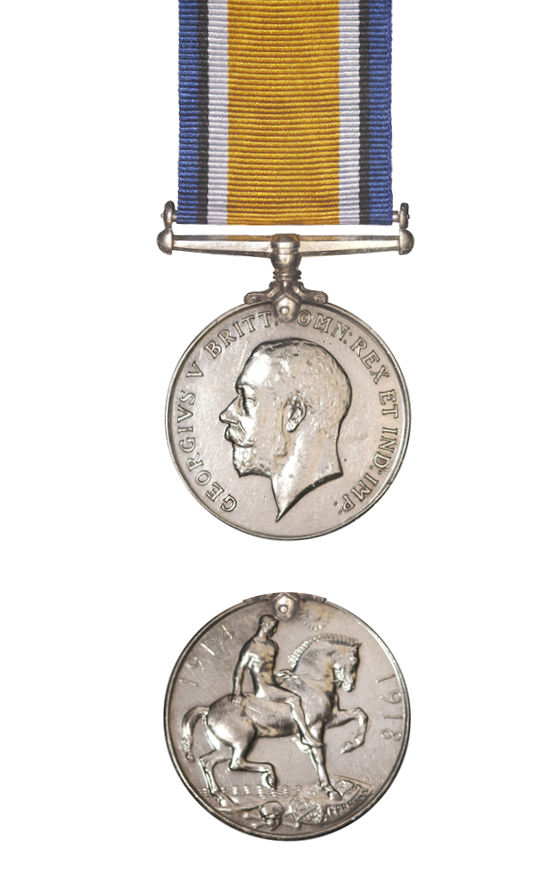
The British War Medal was instituted in 1919 to recognise the successful conclusion of the First World War (1914-1918). Its coverage was later extended to recognise service until 1920, recognising mine clearing operations at sea, and participation in operations in North and South Russia, the eastern Baltic, Siberia, the Black Sea and the Caspian Sea.
The Victory Medal
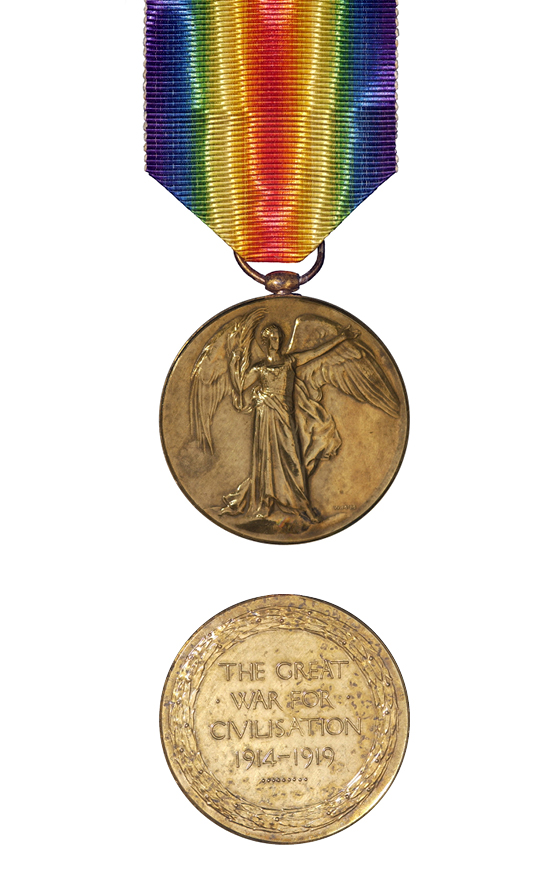
The Victory Medal was awarded in the First World War to all those who had already qualified for the 1914 Star or the 1914-15 Star, and to most persons who had already qualified for the British War Medal. The Victory Medal was awarded to all New Zealand troops serving overseas, except for those who arrived in Samoa after 30 August 1914 and those serving in Great Britain only. It has a unique double rainbow ribbon.
A bronze spray of oak leaves on the medal ribbon denotes that the recipient was Mentioned in Despatches during the period that the medal recognises. To be Mentioned in Despatches a member of the armed forces has had their name mentioned in an official report, written by a superior officer, and sent to a higher command. The report would describe the individual’s gallant or meritorious action in the face of the enemy.
The 1939-1945 Star
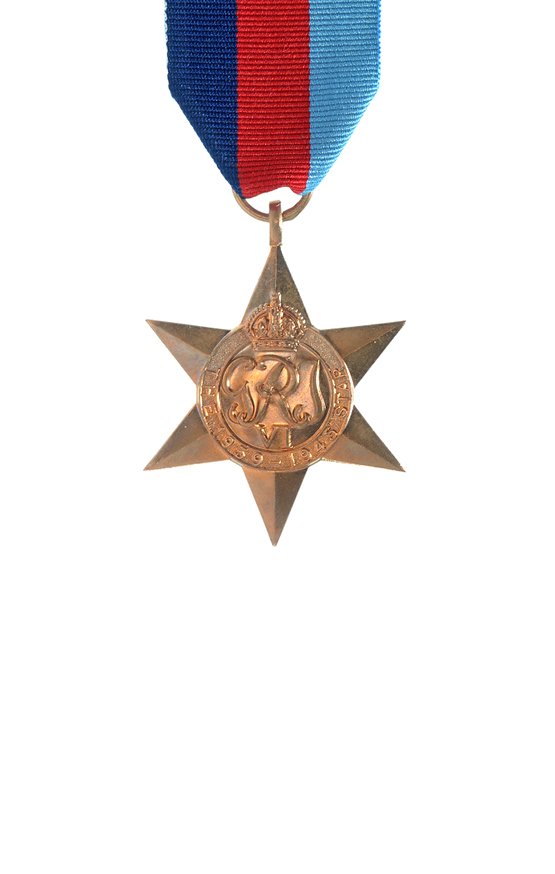
The 1939-45 Star is the first in a series of eight campaign stars instituted in 1945 to recognise service in World War Two. The ribbon has three equal vertical stripes of dark blue, red and light blue. The dark blue stripe symbolises the service of the Navy and the Merchant Navy, the red stripe symbolises the service of the Army, and the light blue stripe symbolises the service of the Air Force. The equal width bands represent the equal contributions of the three service arms towards victory. The ribbon was devised by King George VI. Two clasps could be awarded with this medal: ‘Battle of Britain’ and ‘Bomber Command’. Only aircrew would qualify for these clasps although a small number of Fleet Air Arm naval pilots flew for the air force and would be eligible for the ‘Battle of Britain’ clasp.
The Africa Star
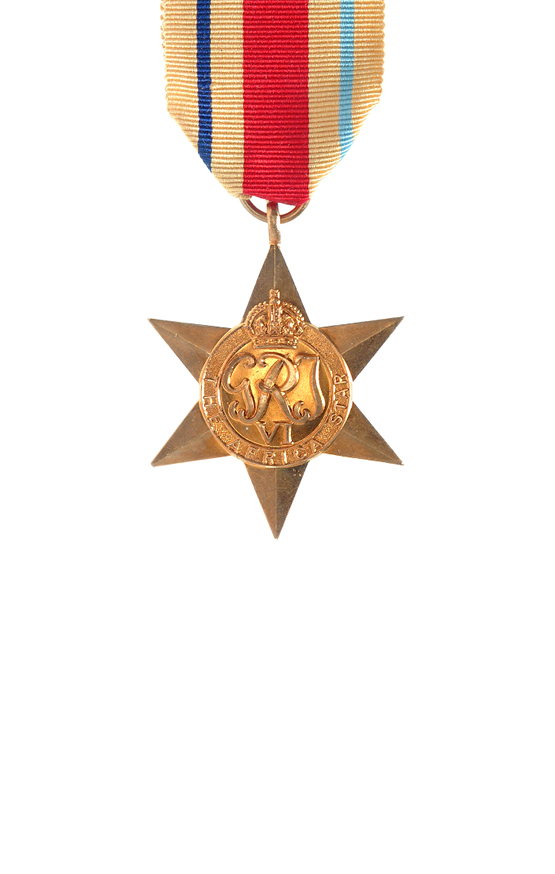
The Africa Star was awarded in the Second World War for service in North Africa between 10 June 1940 and 12 May 1943. The ribbon is pale buff in colour, with a central vertical red stripe, and narrower stripes, one dark blue and the other light blue. The pale buff background symbolises the desert, the central red stripe symbolises the Army, the dark blue stripe symbolises the Navy and Merchant Navy, and the light blue stripe symbolises the Air Force. Three clasps could be awarded with this medal: ‘North Africa 1942-43’, ‘8th Army’, and ‘1st Army’. Naval personnel could only qualify for the ‘North Africa 1942-43’ clasp – for in shore service.
The Defence Medal
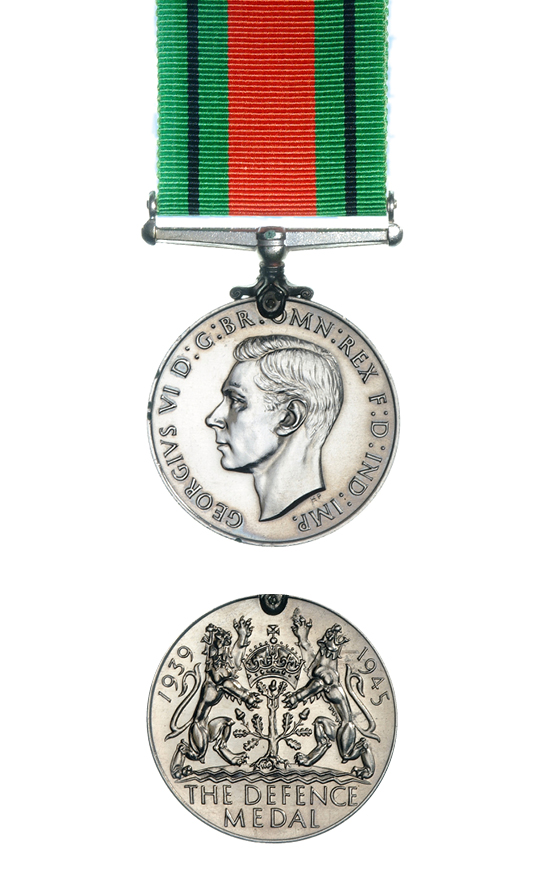
The Defence Medal was awarded to British and Commonwealth forces who served during the Second World War. It was awarded to New Zealand military personnel who served overseas in a non-operational area such as Great Britain, Palestine or Fiji. The ribbon’s flame-coloured orange centre band and green edge bands symbolise enemy attacks on Britain’s green and pleasant land. The narrow black stripes represent the black-outs against enemy air-attacks.
The War Medal 1939-1945
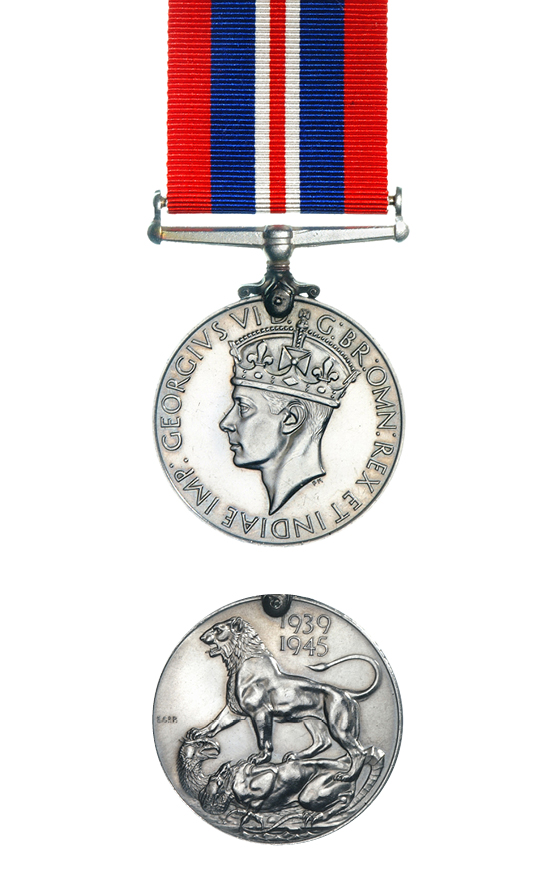
The War Medal 1939-45 was awarded across the British Commonwealth to all full-time members of the Armed Forces in the Second World War for 28 days service between 3 September 1939 and 2 September 1945, irrespective of where they were serving. The ribbon is the red, white, and blue of the (British) Union Flag. There is a narrow central red stripe with a narrow white stripe on either side. There are broad red stripes at either edge, the two intervening stripes being blue.
A bronze oak leaf on the medal ribbon denotes that the recipient was Mentioned in Despatches. To be Mentioned in Despatches a member of the armed forces had their name mentioned in an official report, written by a superior officer, and sent to a higher command. The report would describe the individual’s gallant or meritorious action in the face of the enemy.
Jubilee Medal 1935
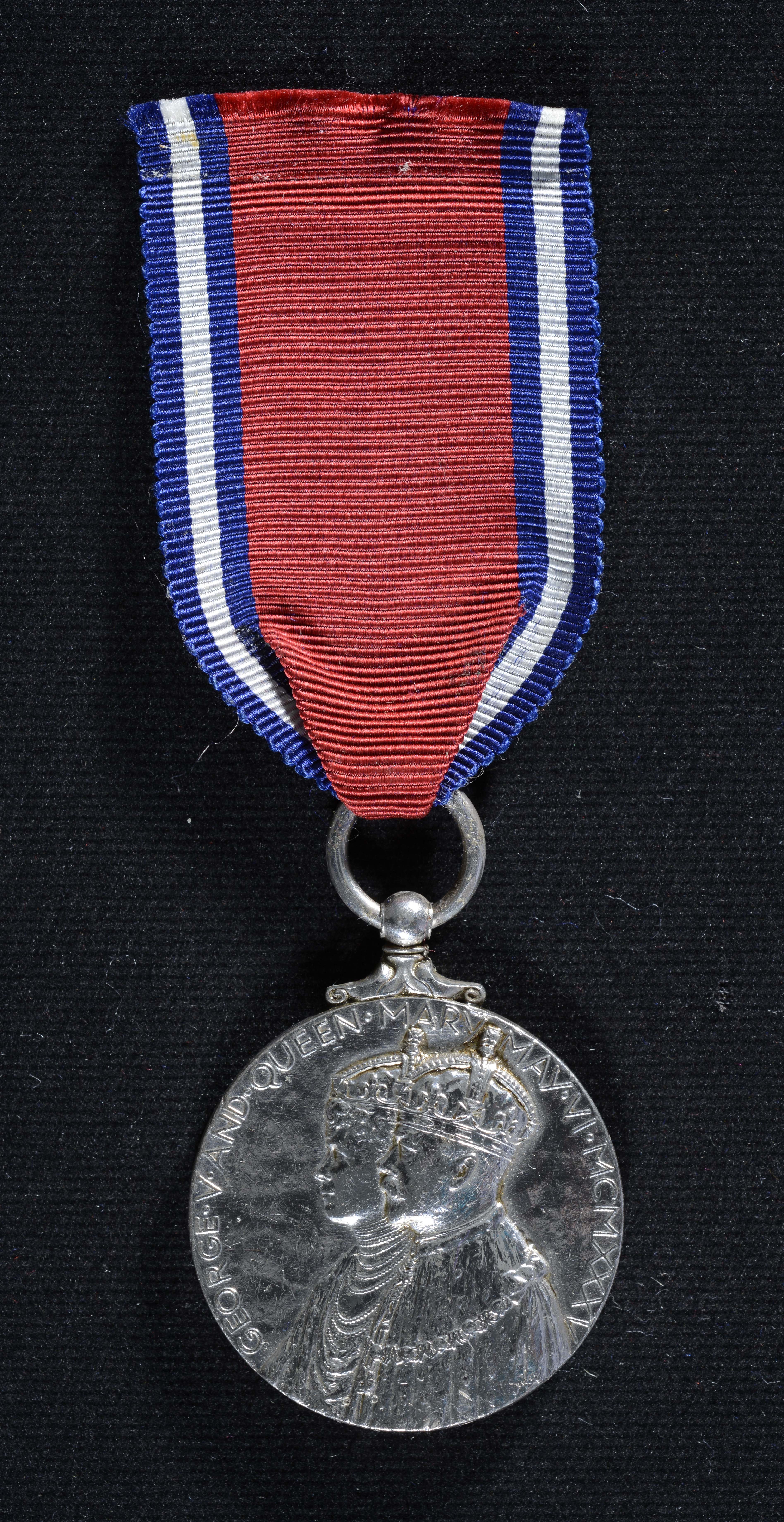
A commemorative medal instituted to celebrate the 25th anniversary of the accession of King George V.
Coronation Medal 1953

This medal was issued to celebrate the coronation of Queen Elizabeth II in 1953. It was awarded to citizens of the British Commonwealth both military and civilian. Only 37 medals were issued with the names of the recipients engraved on them. These were awarded to the members of the British expedition which had reached the summit of Mount Everest on the morning of the Coronation ceremony. New Zealander, Sir Edmund Hillary, one of the two climbers who conquered the mountain, was knighted and received the Coronation Medal from the new Queen at Buckingham Palace several weeks later.
War Order of Virtuti Militari
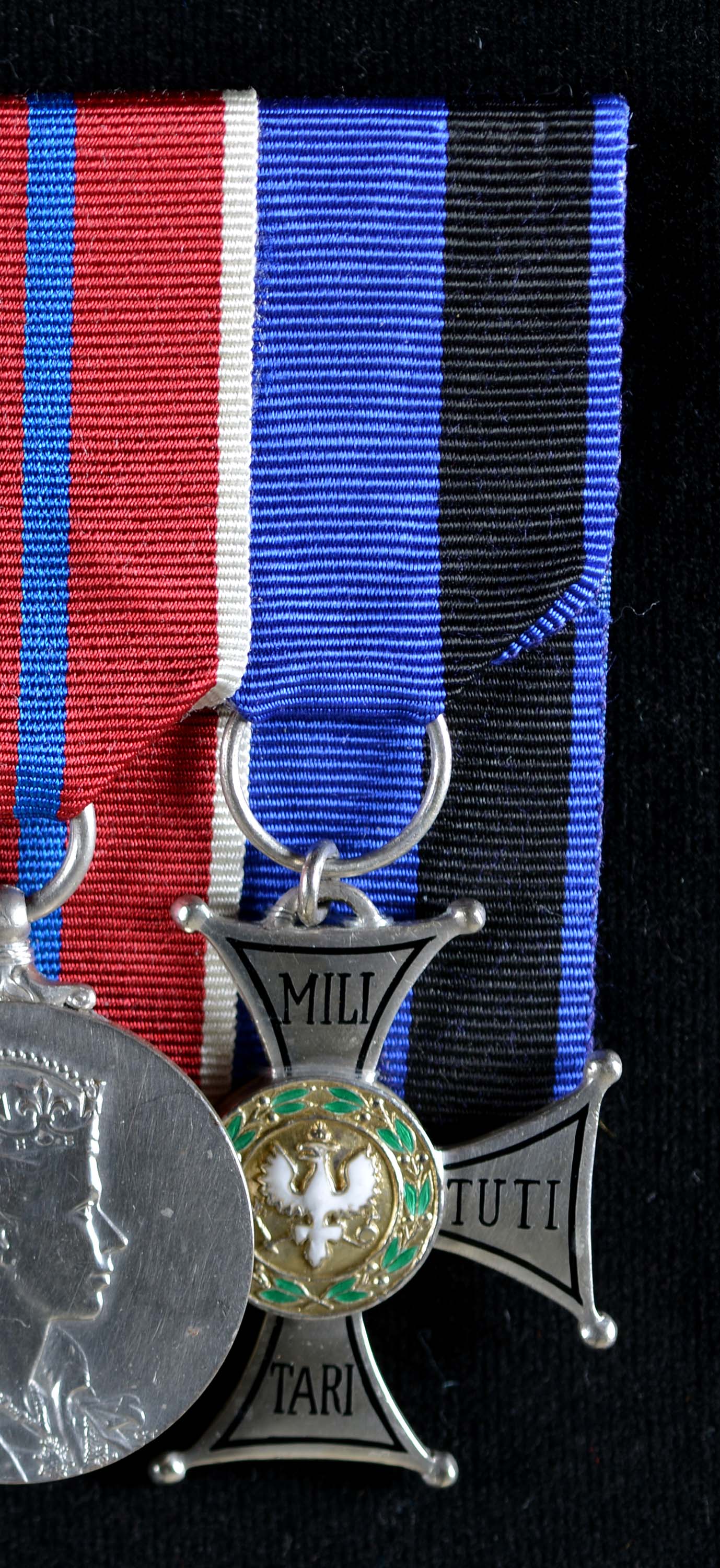
The War Order of Virtuti Militari (Order Wojenny Virtuti Militari) is Poland’s highest military decoration for heroism and courage in the face of the enemy at war. It was established in 1792 and is the oldest military decoration in the world that is still issued.

